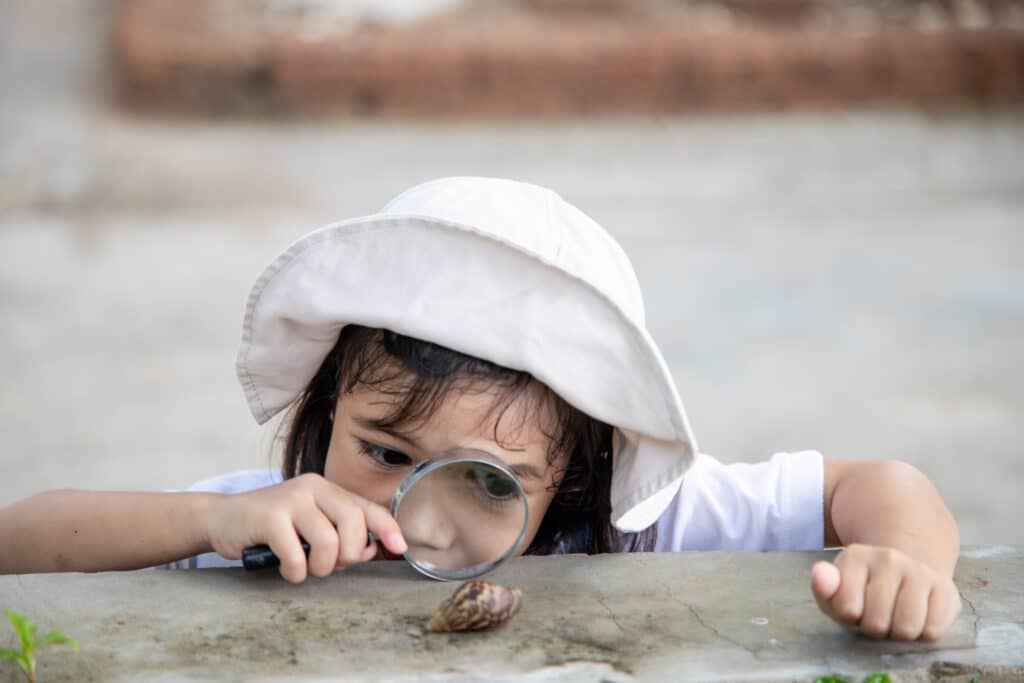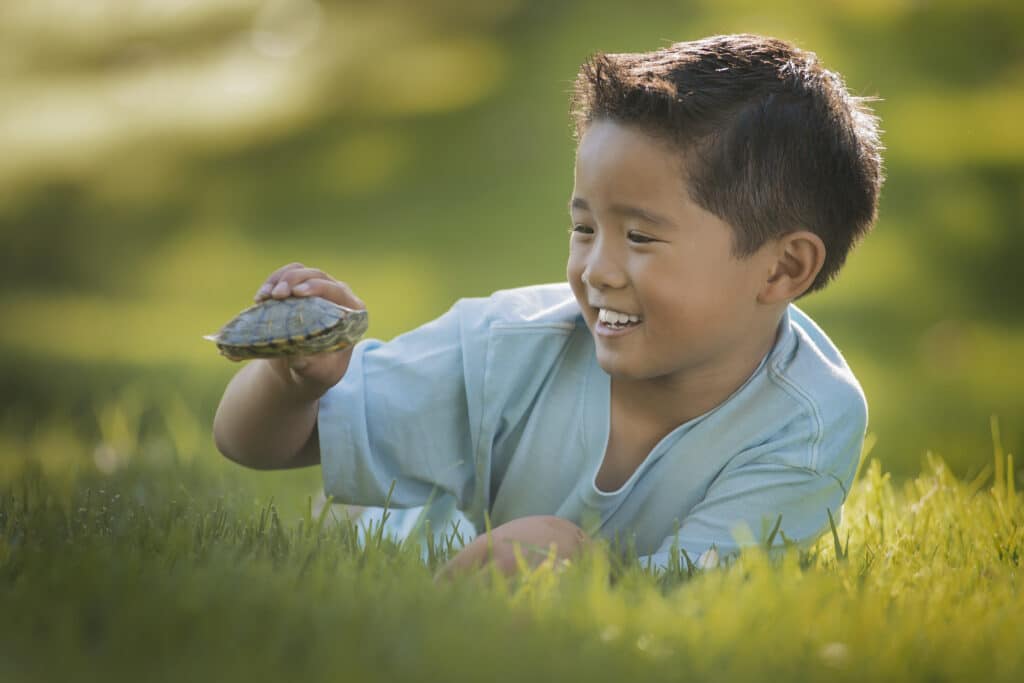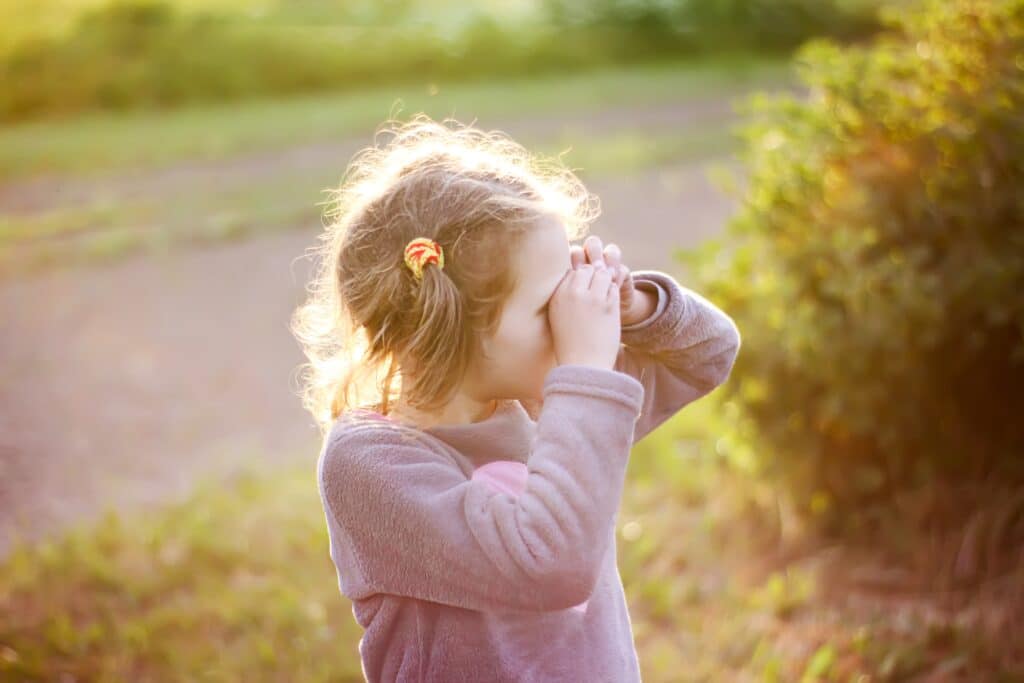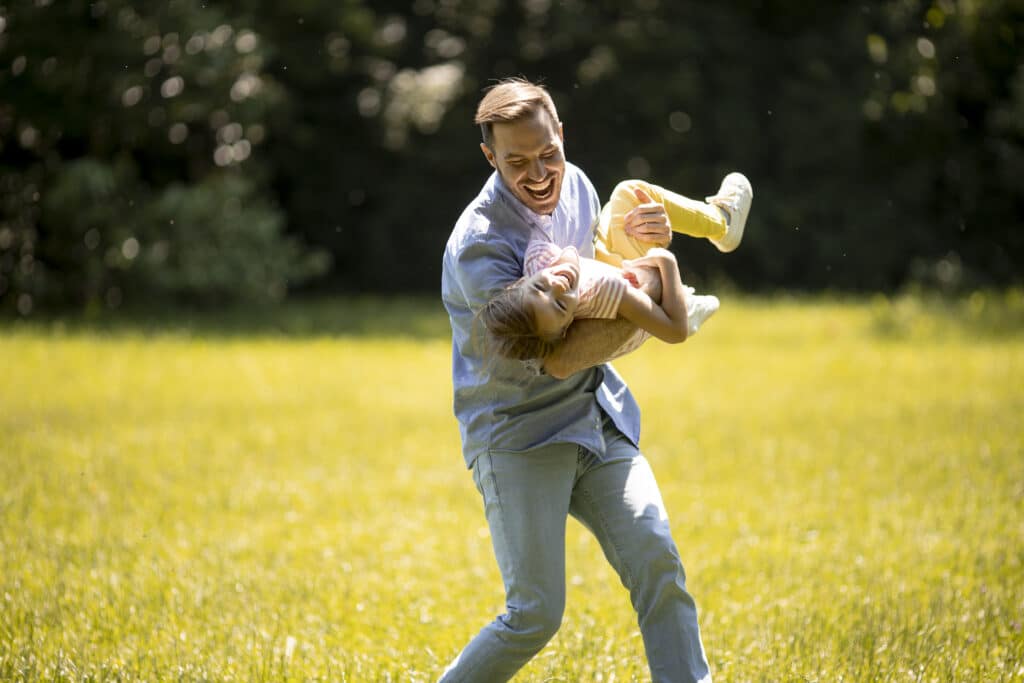Curiosity in Children
Curiosity in Children is a part of healthy development. It motivates them to learn about their environments, ask questions, and seek new experiences. Curiosity develops critical thinking skills in children’s growth stages and builds a better understanding of the environment. Encouraging curiosity early can engender lifelong love for learning and personal development.
What Is Curiosity?
Curiosity is the most powerful craving for wanting to learn, discover, or understand something new. It leaves a questioning mind seeking answers to everything that is new and innovatively discovering the world around.

Importance of Curiosity in Children’s Growth and Development
- Curiosity activates the child’s mind. So it can grow cognitively by enabling brainstorming and problem-solving skills. It shapes the ability of children to understand what becomes of the world around them, as appropriate foundations for learning are built.
- Foster critical thinking in terms of Children are inquisitive and therefore wanting to ask more questions. Naturally inquisitive children will have a way to probe into and understand their subjects better and improve their remembering abilities.
- Curiosity helps foster creativity in children by enabling them to try out different ideas and methods. This kind of freedom encourages more creative thinking and may help them be better at adapting to new situations.
- Curiosity often makes a child more competent in acquiring social and emotional skills as it pushes them to discover the ways and experiences of others. That creates a sense of empathy and opens a channel for communication.
- Early childhood curiosity cultivation helps in developing the systems that encourage lifelong learning. It develops in them a thirst for learning and makes them more enlightened towards new knowledge pursuits throughout their lives.
- Curiosity is basically what puts children on the path toward long-term success as learners. It encourages them to keep learning, so they develop skills in problem-solving and resiliency. Curiosity in children would encourage them to seek more knowledge and expose them to different ideas and situations, all of which would help them grow academically and personally. Over time, such curiosity would cultivate a love for learning, thus paving the way for future successes in school, career, and life.

How to Develop Critical Thinking and Curiosity in Children
You should allow children to be curious and think critically so they will learn to ask questions while thinking of new ideas. Let them have hands-on learning and problem-solving activities that will challenge their thinking ability. Always discuss a curious mindset and demonstrate excitement and enthusiasm for learning. Create a culture of mistakes by being a learning opportunity so that children can think critically and independently.
1. Let Them to Live Their Live Without Interruption
Independence is important to curiosity development in children, letting them lead their lives normally. If they are only free to explore and discover things, then they will be more likely to ask questions, seek answers, be inspired, and find that the whole independence exercise can even encourage critical thinking and being able to try out different ideas. Step back and let curiosity flourish naturally.
2. Encourage Questions
Create an atmosphere wherein the children won’t hesitate to raise any questions. Respond adequately, nifty to critical thinking, and bail them out in follow-up questions regarding a particular assumption or from where it takes them onward.

3. Provide Opportunities for Exploration
Allow children to engage in hands-on activities, such as experimenting with science kits, building projects, or nature walks. These experiences promote curiosity and help them learn through trial and error.
4. Model Curiosity and Critical Thinking
Modelling curiosity and critical thinking means asking the right questions, trying to understand other perspectives, and delving into ideas. Children emulate these behaviors when adults model the genuine love of learning and problem-solving, encouraging their own inquiry, suspicious challenge of assumptions, and critical thinking towards information. Active participation in these practices encourages adults to show children how to negotiate with curiosity and an open mind.
5. Promote Open-Ended Play
Encourage non-predefined types of play, such as imaginative pretend play or open-ended art projects. This kind of activity puts a child in a place where he has to think critically, problem-solve, and develop curiosity while producing results and exploring processes.
6. Foster a Growth Mindset
Curiosity is an important aspect of growing mindset as it inspires children to explore new concepts and try out new challenges. Because of this, children can come to view defeats as opportunities to grow rather than losing ground. Such a mindset helps to develop the ability and readiness to keep going even when the going gets tough.
At the end of the day, curiosity in children fosters a desire to learn and instills an understanding that, through hard work and effort, one can develop different abilities.


